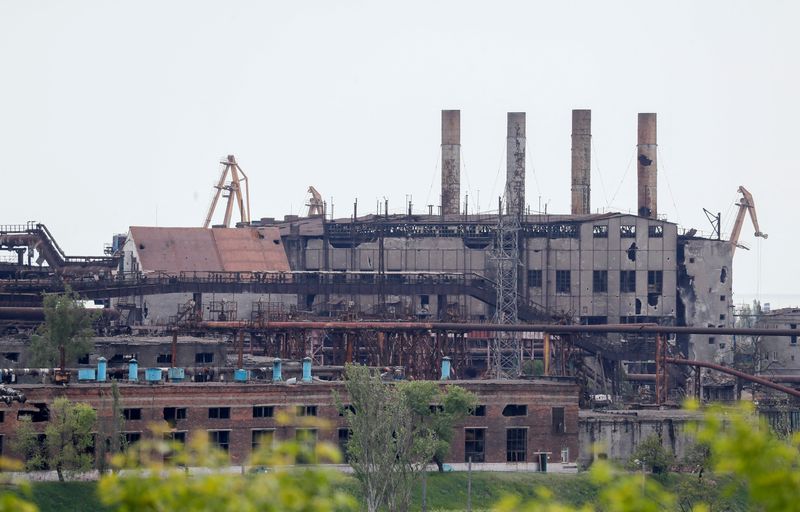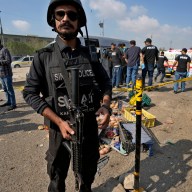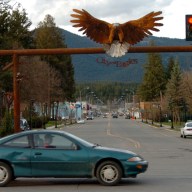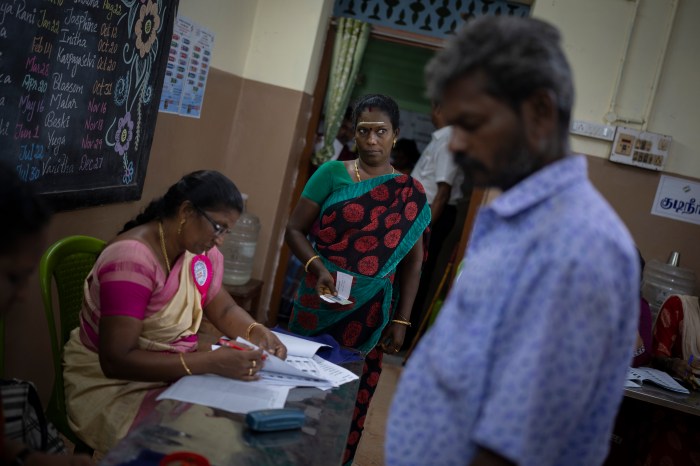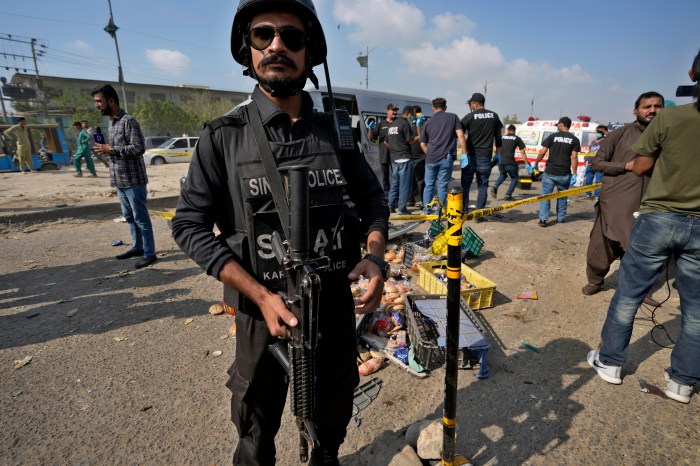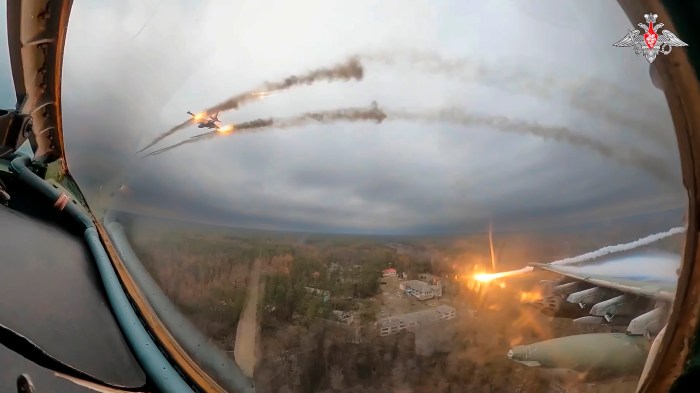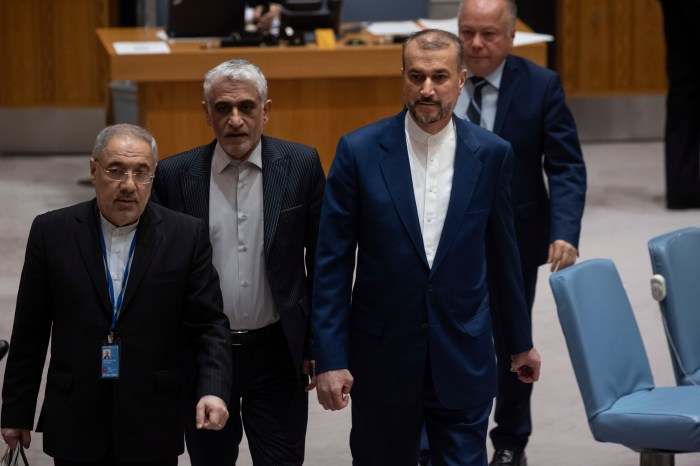(Reuters) – Russian President Vladimir Putin looks poised to take full control of Ukraine’s southeastern port city of Mariupol after the apparent surrender of the last Ukrainian forces holed up at a vast steel works.
At the core of that last stand has been the Azov Regiment whose fighters are lionised as heroes in Ukraine, but reviled by Putin’s Kremlin as a band of Russia-hating neo-Nazis.
AZOV’S ORIGINS
The Azov Regiment began as one of many militias of volunteer fighters who banded together to fight pro-Russian separatists backed by Moscow who carved out two breakaway regions in eastern Ukraine in 2014 after Russia annexed the Crimean peninsula.
Mariupol is the spiritual home of the Azov Regiment which it helped Ukraine recapture from pro-Russian fighters in 2014 and where it had a permanent base until the 2022 invasion.
The militia emerged from Andriy Biletskiy’s Patriot of Ukraine organisation that critics say championed white nationalist, anti-immigrant extreme-right ideas.
Its logo resembles a black “wolfsangel”, a symbol that was used by some Nazi units and is seen by critics as neo-Nazi. The Azov say the logo represents the letters N and I of “national idea” and deny it is neo-Nazi.
Patriot of Ukraine later renamed itself the National Corps and, despite allying with other nationalist parties, failed to win election in 2019. The U.S. State Department labelled the National Corps a “nationalist hate group” in 2018.
Reporting Radicalism, a Freedom House-backed group investigating political extremism in Ukraine, says Biletskiy has written several openly racist texts. Biletskiy denies holding racist or neo-Nazi views and says he believes in values-based nationalism.
The Stanford Center for International Security and Cooperation describes the group as “an extreme-right nationalist paramilitary organisation based in Ukraine”.
NATIONAL GUARD
In 2014, the Azov militia was folded into Ukraine’s National Guard – a military wing of the interior ministry. Kyiv says it has been reformed away from its radical nationalist origins and that it has nothing to do with politics.
“They are the official army of our state. Anyone who wanted to be involved in politics – they left and are now in politics. Those who decided to serve in the Armed Forces became part of the Armed Forces,” President Volodymyr Zelenskiy said in an interview with Greek channel ERT on May 1.
In a statement to CNN last month, Azov said it “appreciates and respects Andriy Biletskiy as the regiment’s founder and first commander, but we have nothing to do with his political activities and the National Corps party”.
The statement said that Azov’s “motivation has always angered Russia. Therefore, disinformation attacks on the Azov Regiment have not stopped since 2014”.
It denies allegations of fascism, Nazism and racism and says that Ukrainians from various backgrounds including Greeks, Jews, Crimean Tatars, and Russians serve in Azov.
The regiment’s current and fourth commander is Denys Prokopenko, who has been dubbed a Hero of Ukraine by Zelenskiy, who is Jewish.
It is not clear how many troops serve under Azov, but some media reports have put the number at between 900 and 2,500.
ROLE IN MARIUPOL
The Azov Regiment played a leading role in recapturing Mariupol from pro-Russian fighters in June 2014. During that year, Mariupol changed hands several times as Kyiv’s forces battled Russia-backed separatists.
The port city is vital for Russia to secure full control of the Sea of Azov coast as well as a land bridge linking pro-Russian territory with Crimea.
Azov’s fighters became the public face of Ukraine’s resistance against Russian troops in the city. Its members aired video clips about the fighting in Mariupol’s steel works.
As Russia took control of more and more parts of Mariupol, Azov based itself mostly in the Azovstal iron and steel works, one of Europe’s biggest metallurgical plants, alongside other Ukrainian troops.
For many in Ukraine, Azov embodies Ukraine’s determination to fight Russia, which Zelenskiy says is bent on destroying the country.
(Reporting by Reuters staff; Editing by Nick Macfie)

